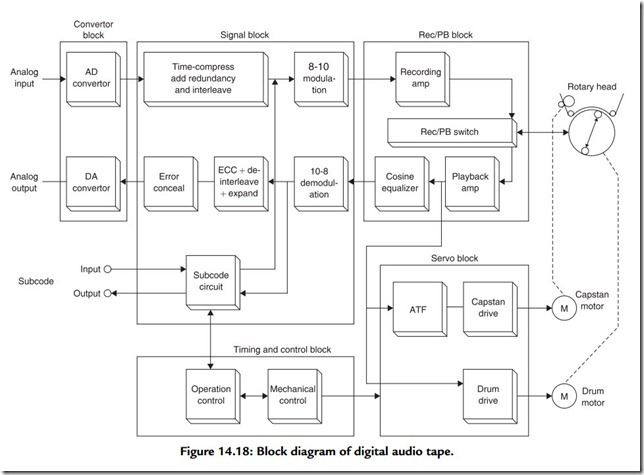Digital Audio Broadcasting
Although it has given good service for many years, analog broadcasting is an inefficient use of bandwidth. Using compression, digital modulation, and error-correction techniques, acceptable sound quality can be obtained in a fraction of the bandwidth of analog. Pressure on spectrum use from other uses, such as cellular telephones, will only increase, which may result in a rapid changeover to digital broadcasts.
In addition to conserving spectrum, digital transmission is (or should be) resistant to multipath reception and gives consistent quality throughout the service area. Resistance to multipath means that omnidirectional antennae can be used, essential for mobile reception.
Networks
Communications networks allow transmission of data files whose content or meaning is irrelevant to the transmission medium. These files can therefore contain digital audio. Production systems can be based on high bit rate networks instead of traditional routing techniques. Contribution feeds between broadcasters and station output to transmitters no longer require special-purpose links. Audio delivery is also possible on the Internet.
As a practical matter, most Internet users suffer from a relatively limited bit rate and compression will have to be used until greater bandwidth becomes available. While the quality does not compare with that of traditional broadcasts, this is not the point.
drive – motor
Internet audio allows a wide range of services that traditional broadcasting cannot provide and phenomenal growth is expected in this area.
